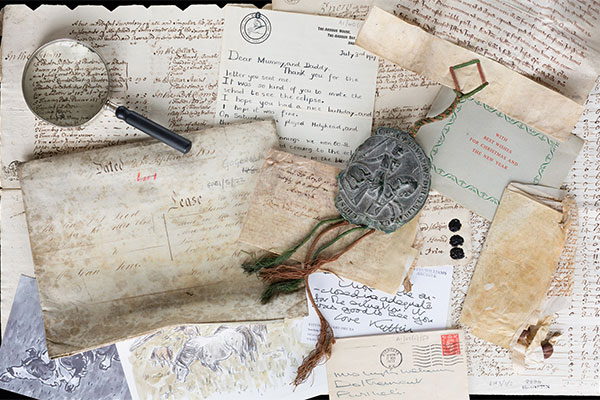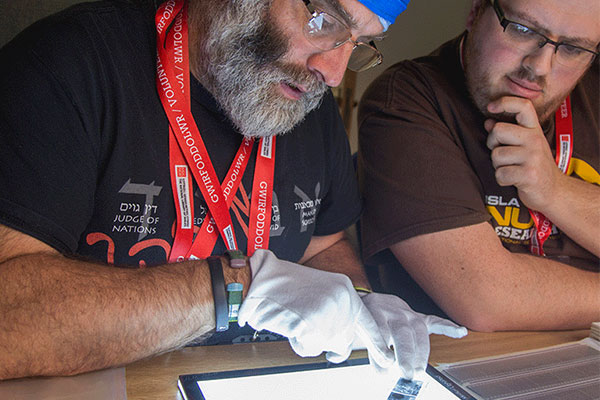The hitory of the Sherbrooke Missal
This manuscript belonged to the library of the Sherbrooke family in Oxton, Nottinghamshire from the 16th century through to the 19th century, and it is from here that its name derives. From there it came to be a part of the library of the designer, author and socialist William Morris (1834-1896). In December 1898 the manuscript, as well as over a thousand other items from Morris’s home at Kelmscott Manor, Gloucestershire, were sold at auction by Sotheby’s. The manuscript was bought by Henry Yates Thompson (1838-1928), possibly the greatest collector of manuscripts of his day, and it was part of his collection until it was sold at Sotheby’s in March 1920. It was bought by Miss Gwendoline E. Davies (1882-1951), humanitarian and a great patron of the arts in Wales. She became famous with her sister, Miss Margaret S. Davies (1884-1963), for promoting the arts from their home at Gregynog mansion, near Newtown. Margaret Davies presented the manuscript to The National Library of Wales in 1951.




